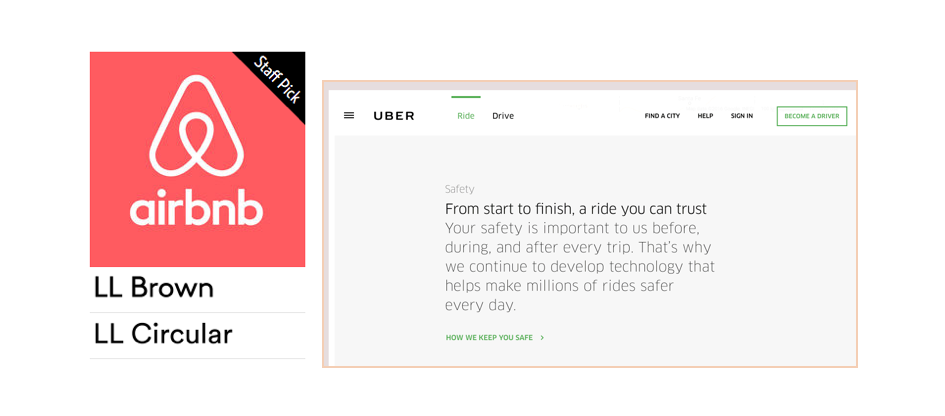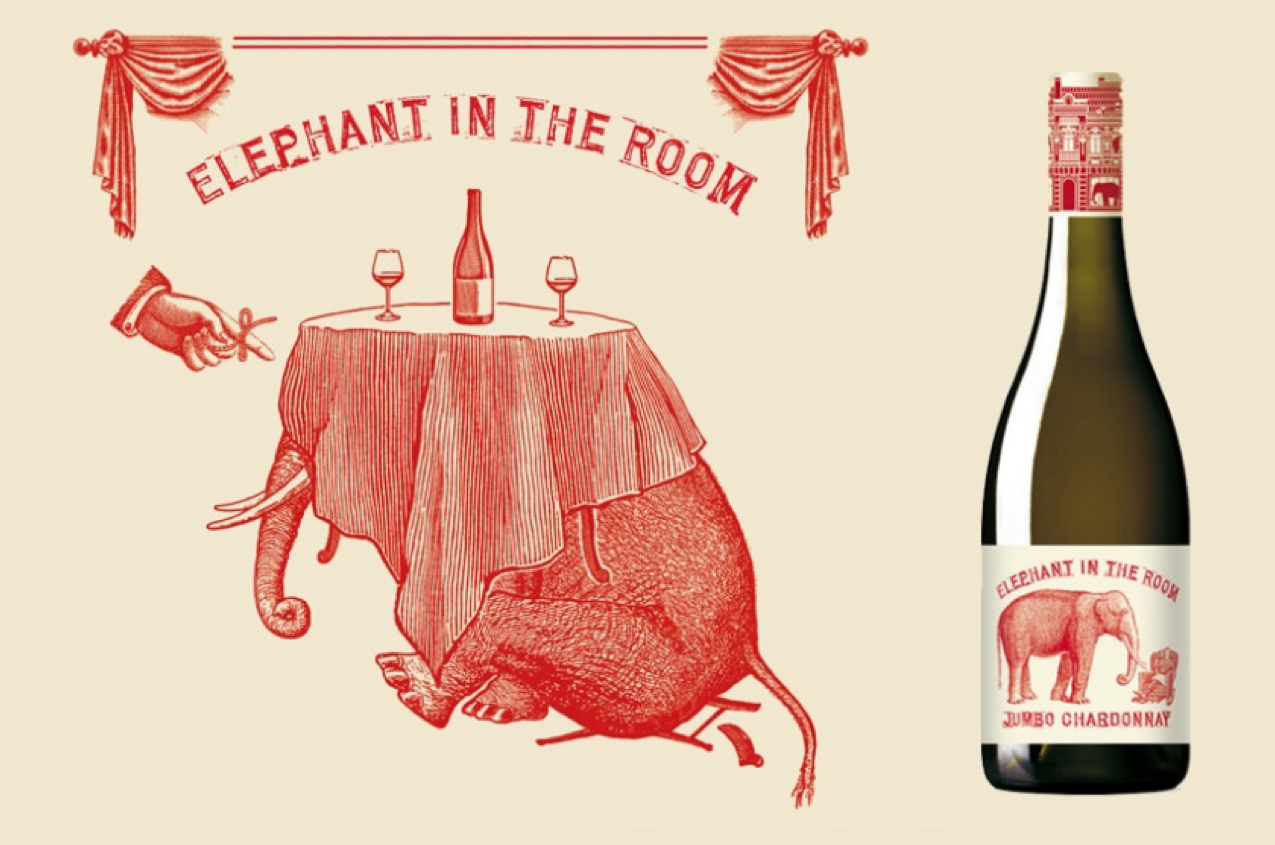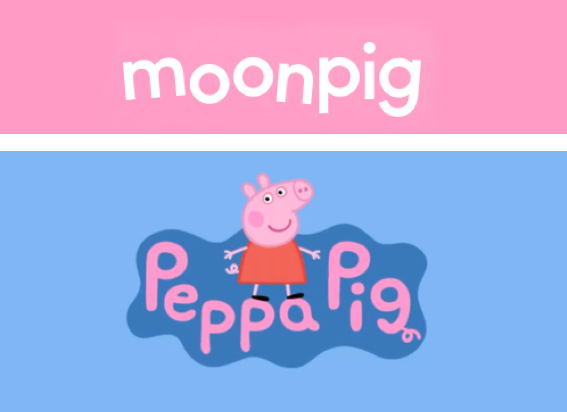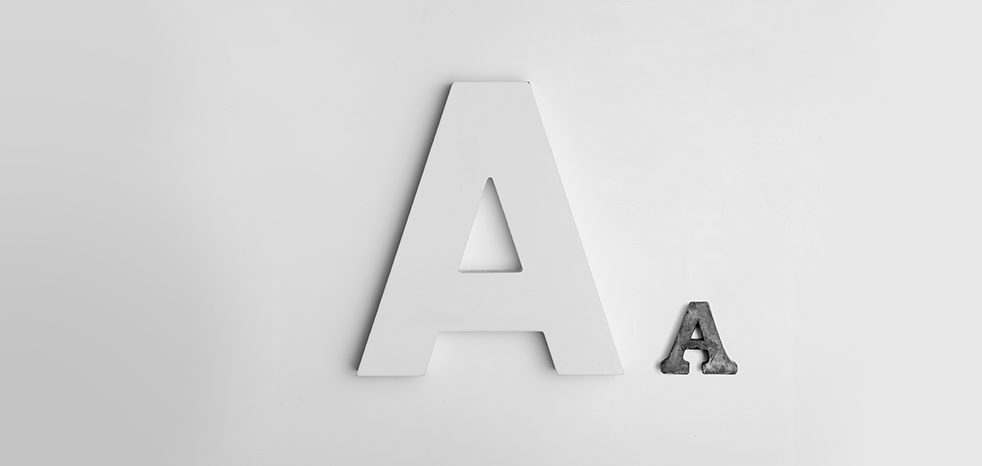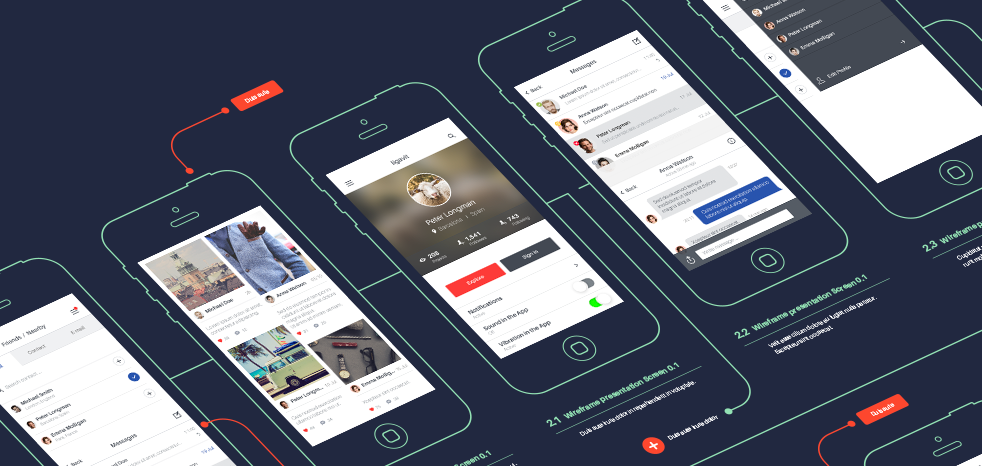Over the years, our agency has worked with many bright-eyed entrepreneurs with BIG ideas for changing the world and making millions. Usually via an online business that disrupts industry norms.
We love these guys! Their enthusiasm is infectious.
Most of their ideas involve very BIG websites. In fact, the success of their business usually hinges on it. When planning these sorts of sites, we’ve noticed a pattern in expectation versus reality.
We wanted to warn the entrepreneur community at large before they start thinking launching ‘the next UBER’ is easy (or cheap). There are serious website considerations.
The fact is, the simplest and most beautiful websites often have a lot of complexity going on in the back end. A gorgeously minimal, high-functioning website can belie a huge cost, often requiring a team of very talented website developers.
Based on our experience working with start-up clients on ‘big concept’ ideas, there are several ways to approach this business model.
Option 1 – minimum viable product approach
This approach involves starting small with a ‘pilot’ program and growing over time if demand and profitability are established.
- Clients must ask themselves, what is the absolute minimum functionality a website needs to start making money?
- They should make a list of requirements and implement the smallest possible functional website for the least expense in a reasonable timeframe. Then go live and start making money.
The project might roll out as follow:
- After a series of discussions, a website designer and developer put together ‘wireframe’ sketches. These illustrate the various screens of the system and how they link together.
- Client reviews these wireframes to make sure the website is exactly what they want.
- Designer creates Photoshop Design Files (PSDs) and manages artwork approval. At this point, no further changes can be made until the website goes live.
- Developer selects a stable system that will produce the desired outcome in the least amount of time.
- Developer implements the website as per requirements; UAT (User Acceptance Training) commences and any bugs are fixed.
- Website goes live and simultaneously the client starts marketing the business.
- The money starts coming in and the client weighs up whether the proceeds and impact warrant further investment.
If the concept proves viable, the next step is to measure how successful the website is – is it a success or a failure?
In the case that it’s a failure, at least the investment was minimal.
If it’s a success or has potential, then it’s time start making small, iterative changes to improve the website. Any changes should be driven by what the market wants or by analytics and research, not simply by what the website owner thinks would be a good idea.
The iterative changes should ideally be implemented one at a time to gauge effectiveness.
Option 1 is typically favoured by small online businesses
Option 2 – go in big and invest heavily in the business, take a huge gamble and see if it pays off
This is the large-scale investment approach modelled by brands such as Youfoodz. It requires that the client has a clear strategy for how the system is going to function and make money and how long that will take. In other words, a comprehensive business plan.
Client checklist:
- Very large budget (i.e. upwards of $200,000)
- Wish list of website requirements
- Extensive market research already conducted
- Professional software developers retained (i.e. people who have proven experience creating custom systems who can build you a very high-quality system if you pay them enough)

Here’s how this type of approach is usually rolled out:
- When the system is finally ready and perfect, release the website live to the public
- Run a large marketing campaign across multiple media streams. Social marketing, influencer endorsements, billboards, PR, TV, print, YouTube – anything to get as much traction as possible.
- Be prepared to shoulder big losses in the first 12 months due to massive initial outlays for development costs, advertising, sampling and incidentals – with the express goal of getting as many people using the system as possible (with an emphasis on repeat customers).
- Start recouping your investment and generating profit at a much later date.
- If the business is a big success, consider permanently employing the developers to work on the system full time.
Option 2 is favoured by larger businesses with external backing and a big budget who are prepared to take on such a big risk.
There is one last approach, which typically rolls out as follows. However, we strongly advise against going down this road:
Option 3 – one we have never seen work successfully.
- Start with some rough, poorly researched ideas (or occasionally some well-thought-through ideas that are ahead of their time). Don’t bother with a business plan.
OR
- Copy someone else’s ideas and tweak them ever so slightly. Typically: “I want a Facebook clone, but for XYZ.” Or, “I want a Groupon clone, but for ABC.”
- Have a few vague requirements that the developer can’t lock down properly. (Note: developers need to know exactly what they are going to build in detail before they commence. And, there needs to be 100% agreement between client and developer on what those requirements are).
- Start with a certain budget and expect that that’s all you will ever have to pay, then invest that entire budget in the initial build.
This is contrary to how web development projects actually work, particularly with custom development. The reality is that you’ll spend a large amount upfront, and then spend medium-to-large chunks again and again later down the track.
If you spend most of your budget in the initial build, you will likely go way over budget in the long run, or the project will fail.
- Get a developer to start building the system without making sure they are suitable for the job and have created similar systems before.
- Start seeing the system come together and then realise there are unforeseen issues you hadn’t thought of. Request expensive changes.
- See other ideas around and try to integrate them into your website as it is being built.
- Try to do too many things too quickly, particularly at the beginning of the project.
- Wanting the system to be absolutely perfect before you approve it for launch (the reality is that no website is ever perfect. The best websites are ever-evolving systems that improve over time. Trying to be perfect pre-launch, before you know how the target market will respond, delays the project and adds to costs).
- Adding features to the website simply because that’s what a competitor does.
- Wanting to add features because they ‘seem’ like a good idea without research or market demand to support these (what often ends up happening is that the client requests something (for example, a forum) as an extra bonus feature on the website, then the developer spends ages implementing this perfectly. Then, once the website is live, only 5 people use the forum – making it a pointless, expensive feature that should never have been there in the first place).
Option 3 just gets worse and worse.
These are some of the risks and problems that plague many projects, especially in custom development work.
Most small business owners are unaware of these risks and potential problems going. They generally tend to make the same mistakes, which causes headaches at best and huge stress/loss of money at worst.
Remember, forewarned is forearmed.
Sketch Corp.
